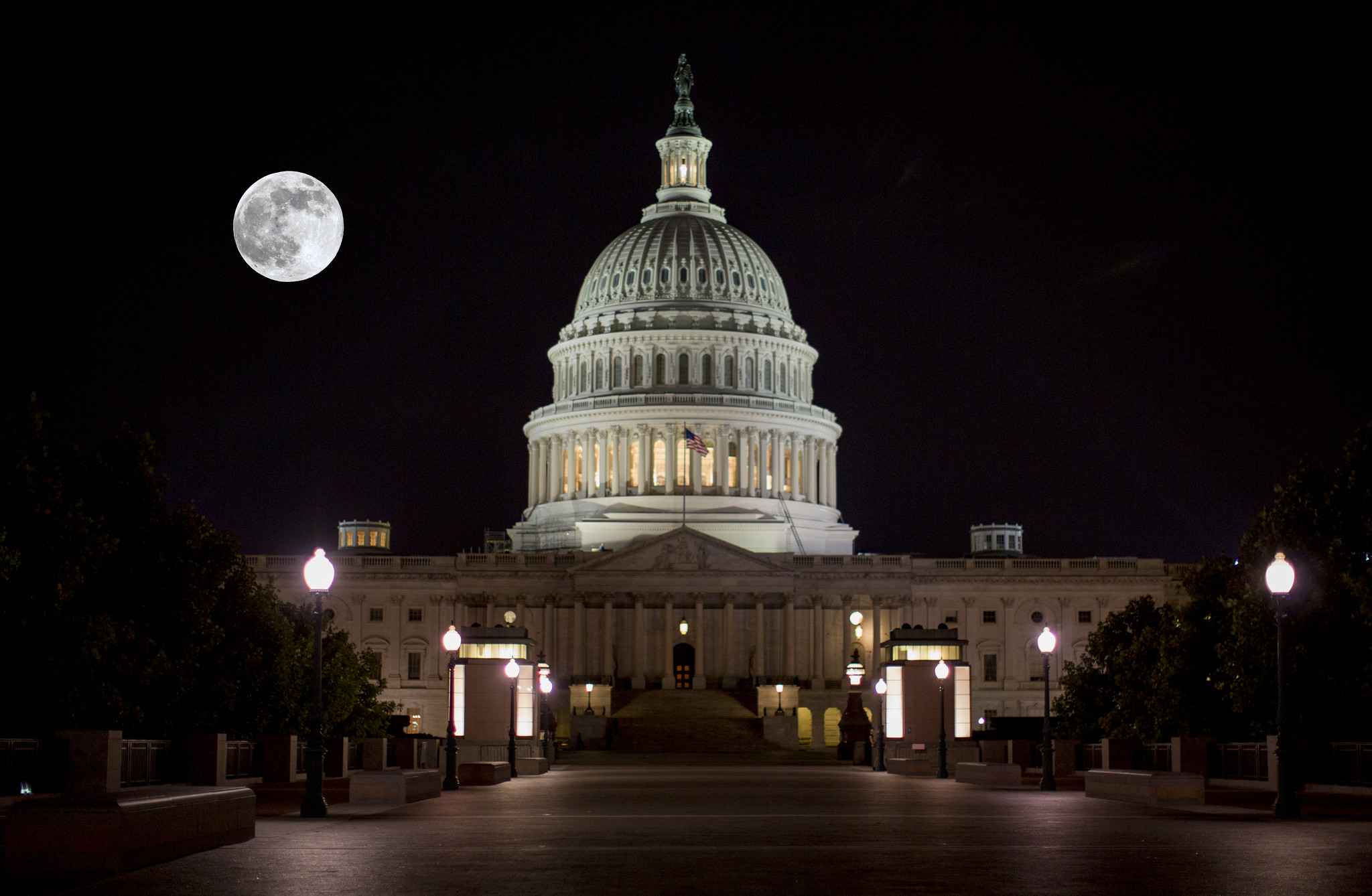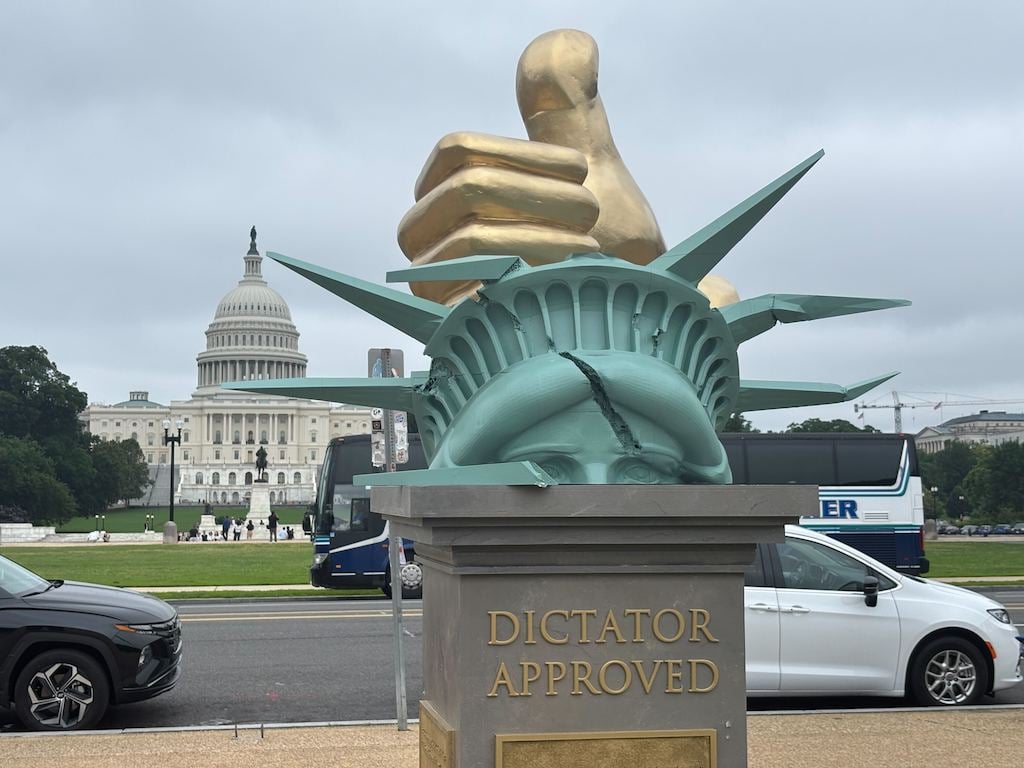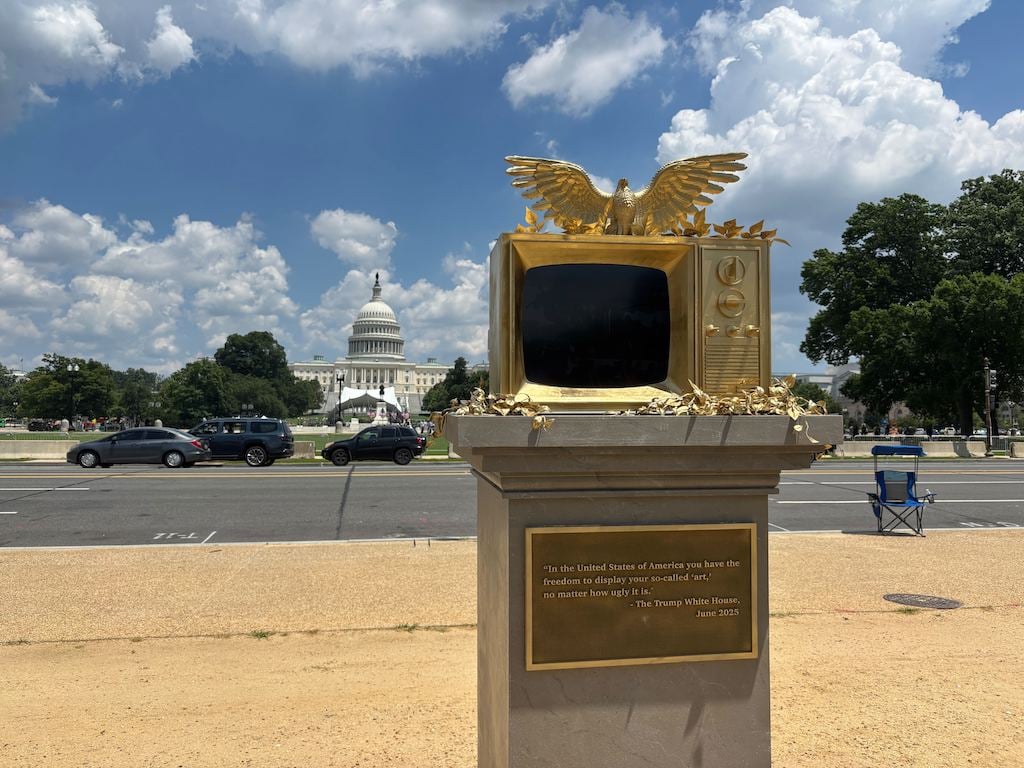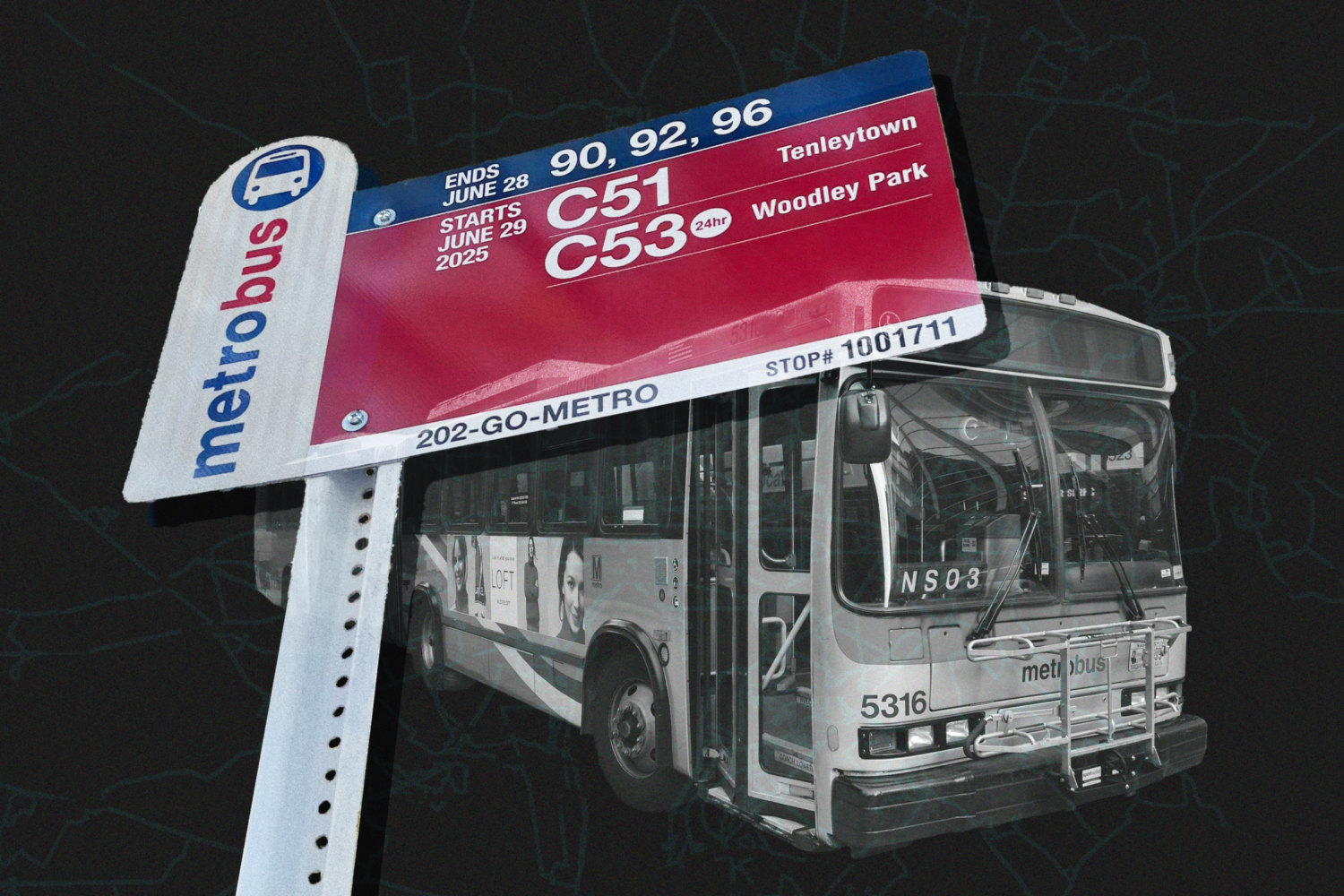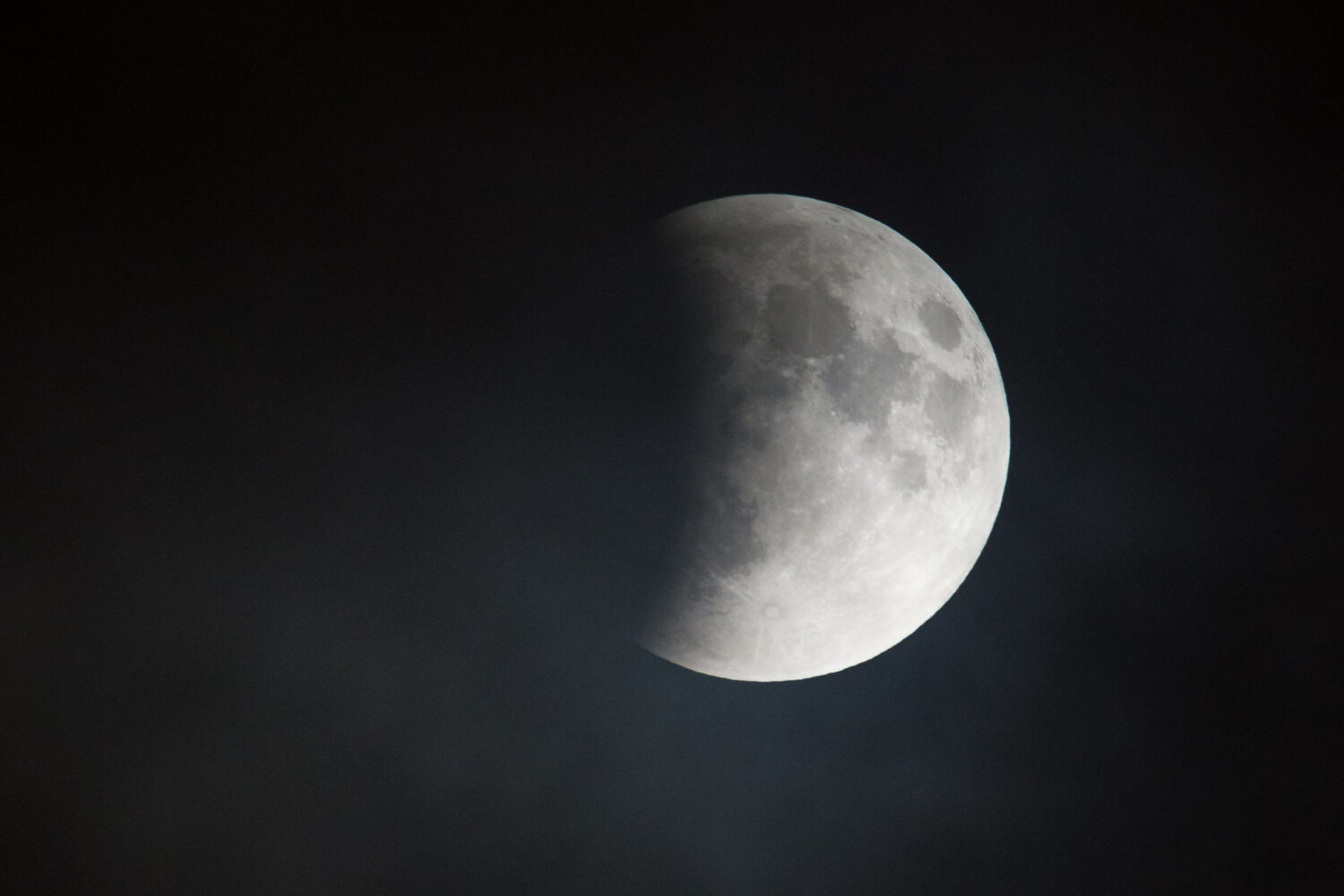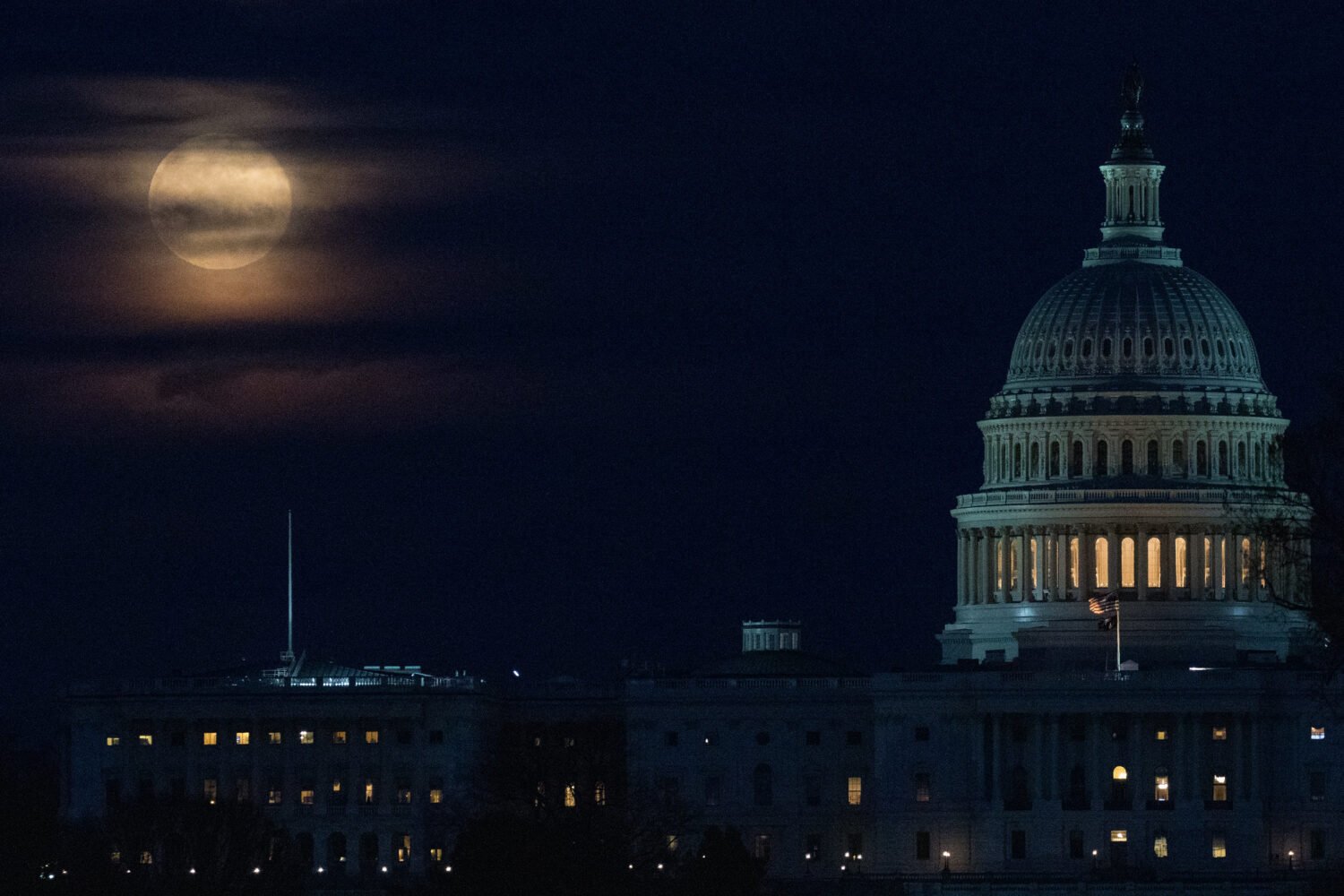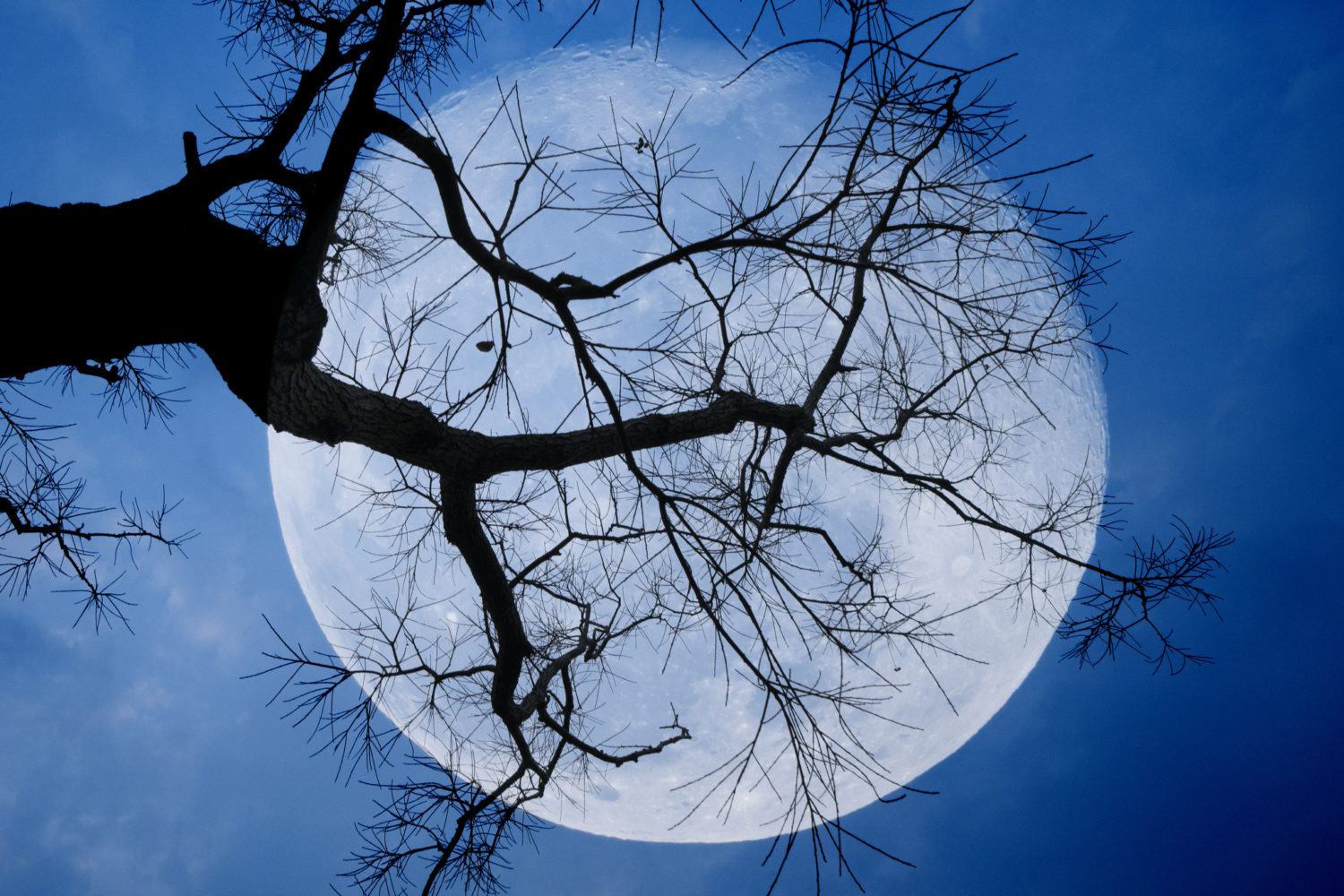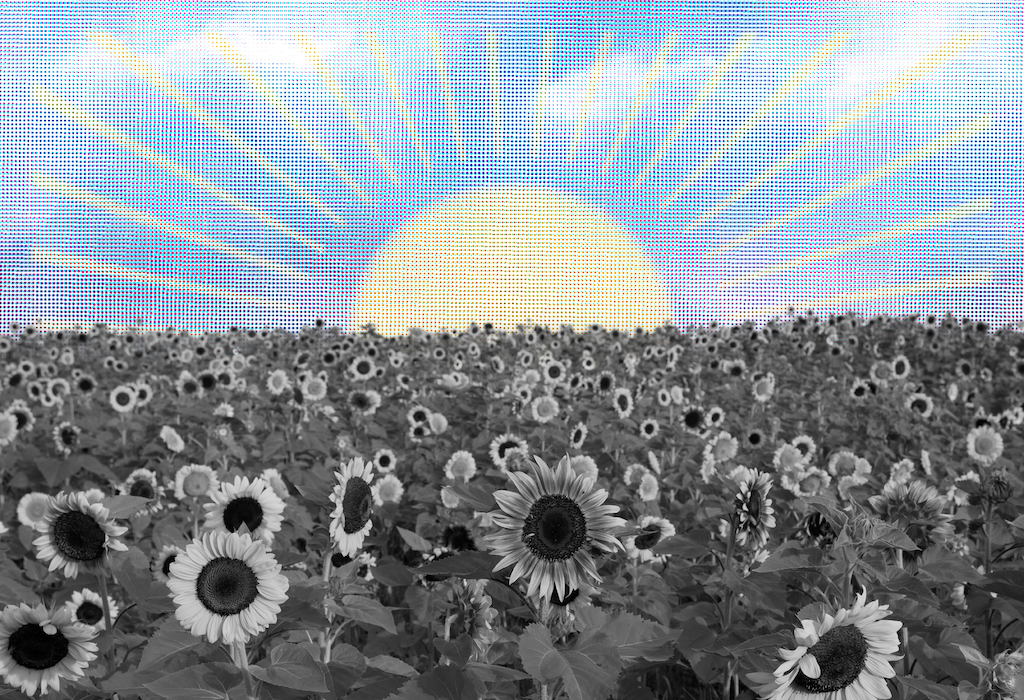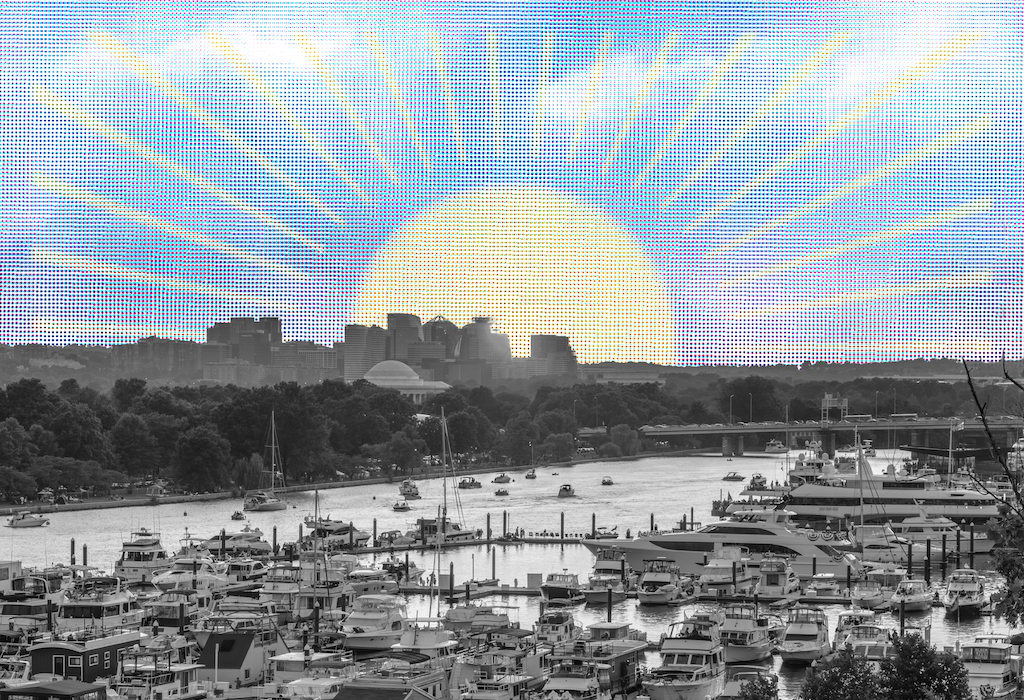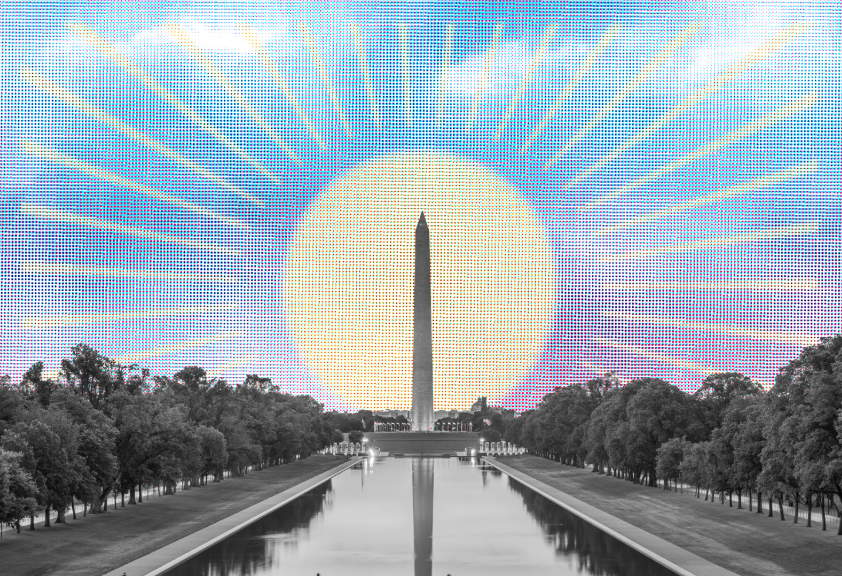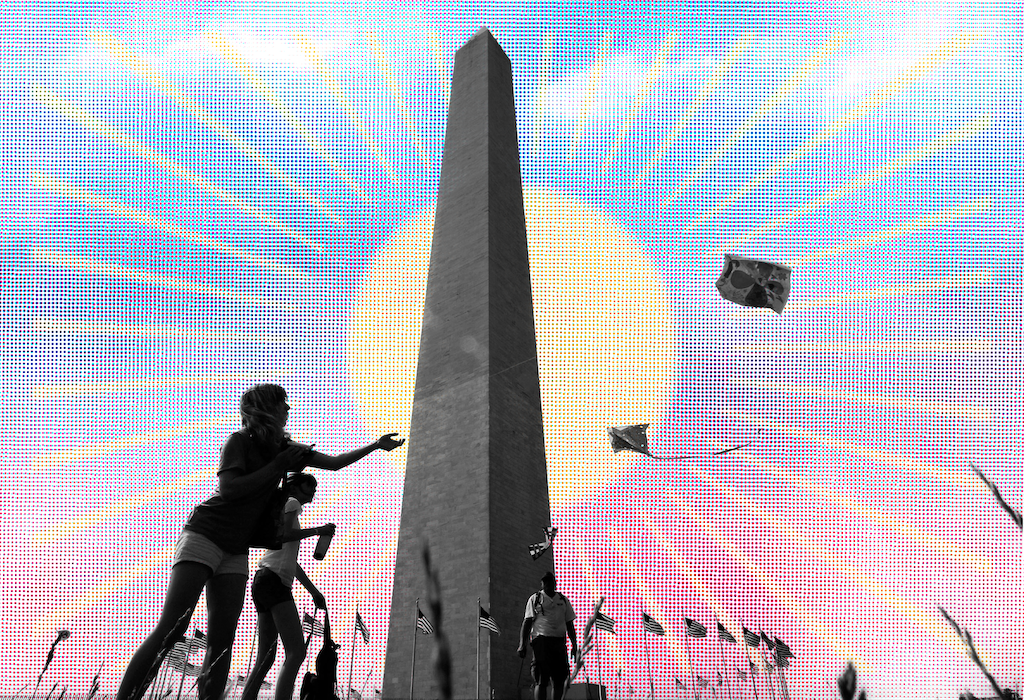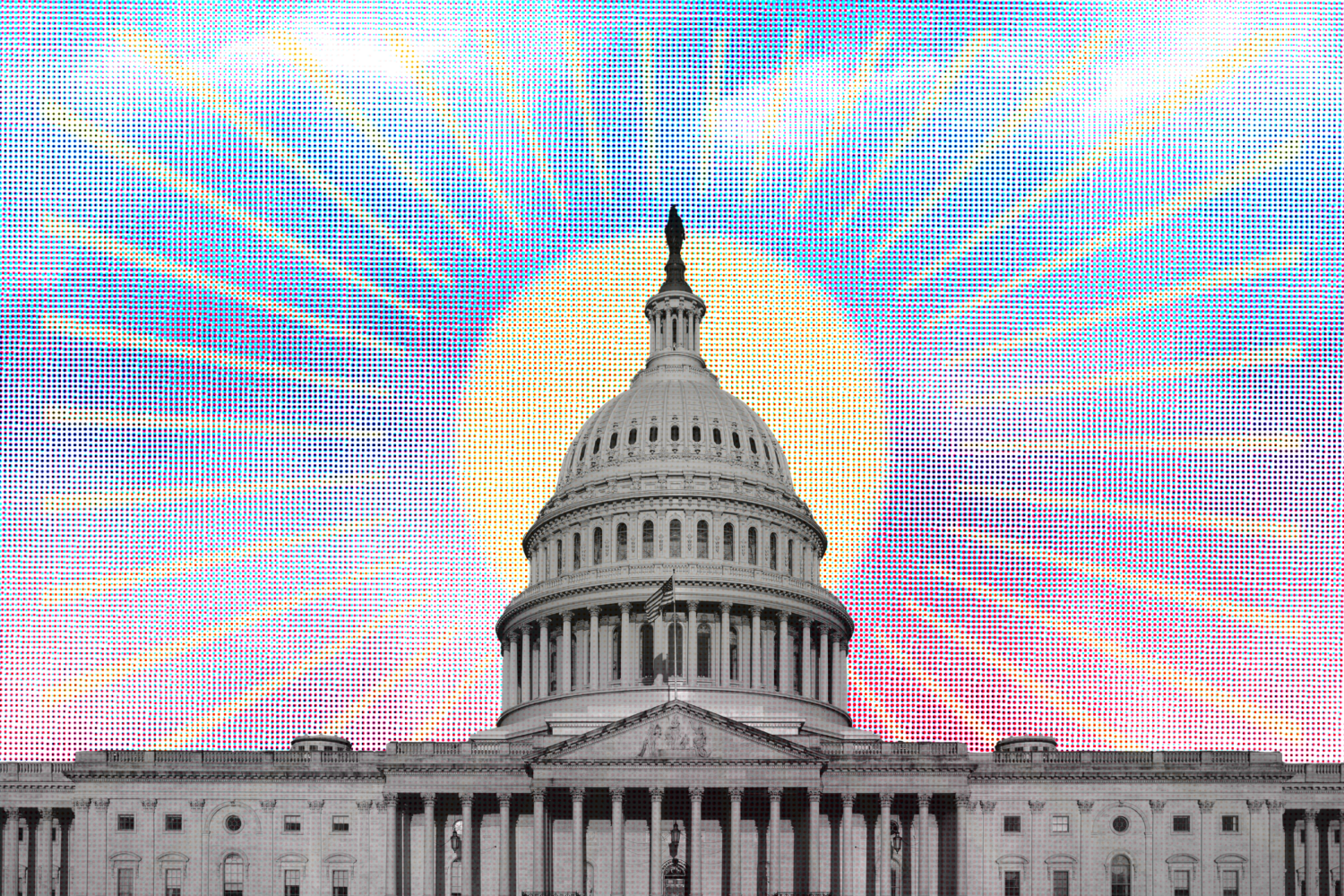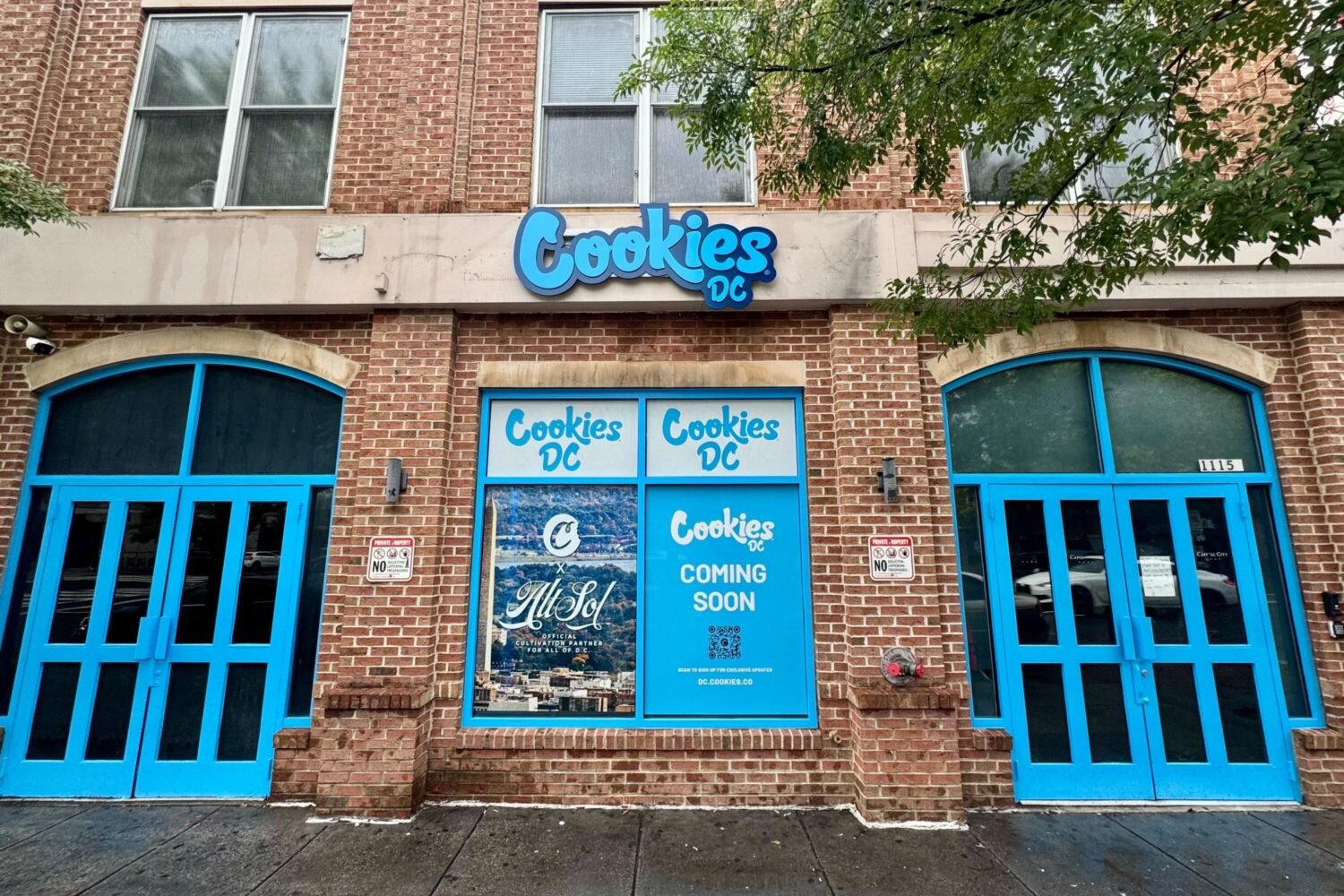You’ve probably heard about August’s “super blue moon” by now. It’s set to rise later this week on the evening of Wednesday, August 30, and there’s been a lot of hype around it due to how rare super blue moons are (the next one won’t be until 2037, according to NASA). But just what exactly is a super blue moon?
Well, unfortunately, the moon won’t actually appear blue (unless there happens to be smoke or dust in the sky, which can potentially cause it to appear blue-ish, according to NASA). Rather, the “blue” part of the title simply means it’s the second full moon in a single month. Or, as Shauna Edson, astronomy education specialist at the National Air and Space Museum, put it in an email: “It’s just a fun coincidence with our calendar” and doesn’t really mean anything astronomically.
However, the “super” part of the title does have some astronomical significance, she says. Because our moon doesn’t travel around the Earth in a perfect circle but in an ellipse, it’s sometimes closer or farther away from us. When the moon is full and at its closest position to us, astronomers call it a “super moon,” which happens about three or four times a year.
Super moons appear a bit bigger—about 14 percent—but “that’s the difference from when it looks smallest, not from its average size,” writes Edson. In effect, she says the size difference of Wednesday night’s super blue moon may not be all that perceptible.
So why all the media hype around it? Edson isn’t exactly sure, though she’s nonetheless pleased people are excited about the night sky. “Any opportunity for people to observe and appreciate the Moon is a good one,” writes Edson. “The great thing is that you don’t need any special equipment or location to view the Moon; it’s just as visible from the city as anywhere else.”
If you’re hoping to see a moon that looks extra large, Edson recommends viewing the moon when it’s still near the horizon, rather than when it’s high in the night sky. Thanks to a phenomenon called “the moon illusion,” she says the moon appears bigger around this time. “It’s mostly due to our brains comparing it with the objects on the horizon,” writes Edson.
You can also expect the moon to rise at sunset, which happens around 8 PM right now, though you may need to wait another 15 to 30 minutes after the sun sets before the moon is high enough for you to see it from where you are, she says. “And of course, you might have to be patient if there are clouds in your way,” says Edson.
If you miss out on Wednesday night’s super blue moon (or simply love admiring our beautiful, glowing neighbor), you can always put October 21—or “International Observe the Moon Night”—on your calendar, says Edson. The National Air and Space Museum, along with members of the Northern Virginia Astronomy Club, will host a free moon-gazing event at the museum’s Steven F. Udvar-Hazy in Chantilly.

